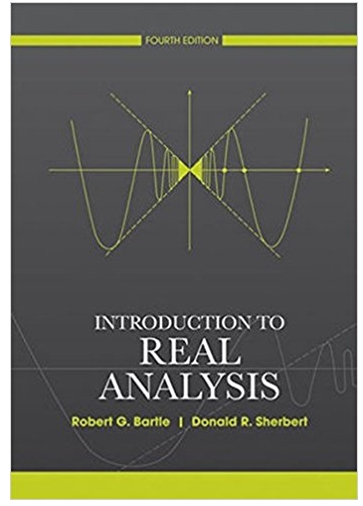M140 EMA Cut-off date 30 May 2024 This EMA covers some interesting data related to Gravitational Wave (GW) events. The detection of gravitational waves,


M140 EMA Cut-off date 30 May 2024 This EMA covers some interesting data related to Gravitational Wave (GW) events. The detection of gravitational waves, which are ripples in space-time, make it possible to detect events such as black hole mergers that can not be seen through conventional telescopes. There have been 93 such events recorded to date, 90 are used in this data set. These GW events are mostly black hole mergers, but one of the more widely recorded events GW170817, is the merger of two neutron stars, the only such event recorded to date. In this EMA, you will analyse data relating gravitational wave events, all the initial data for this EMA are given in the file GW Data.mwx. The subsequent data tables used in this EMA are subsets or summaries of these initial data. In this GW Data.mwx file there are the following variables: GW Name: the name of the gravitational wave event, this is in the form GW followed by the year, month day, for instance GW170817 is the gravitational wave event recorded on the 17th August 2017. If there were two or more events on the same date, these have been labeled as 'a', 'b'. GWTC run: the run in which the GW event was recorded. run 1 took place between 2015 and 2017, run 2 between April 2019 and Sept 2019 and run 3 took place between November 2019 and March 2020. M1 source: the mass of source object 1, measured in units of solar the mass of the sun denoted as Mo. masses M2 source: the mass of source object 2, measured in solar masses, Mo. Luminosity distance: the distance to the GW event, based on it's luminosity measured in Mpc. Spin: the effective spin of the GW event. Total mass: the total mass of the GW event (in solar masses, MO). Chirp mass: a measure of the effective mass of the binary system that produces the GW event (in solar masses, Mo). Redshift: a measure of how much the light from the GW event is shifted towards the red part of the electromagnetic spectrum. Final mass: the final mass after the GW event merger (in solar masses, Mo). You are strongly recommended to use Minitab where appropriate, but you are not required to do so. Please round your results to a suitable accuracy as appropriate for the question. Question 1 - 10 marks By looking at the data file GW Data.mwx, answer the following. You might find the Minitab commands Subset worksheet and Sort (or Rank) useful from the Data menu. In your answers you don't necessarily need to use the symbol Mo, mentioning the unit as 'solar masses' is sufficient. (a) Write down the GW event that has the smallest M1 source mass for GWTC run 3. What was the M1 source mass for this GW event? (b) For this GW event, what is the chirp mass? Again for GWTC run 3, does this GW event have the smallest chirp mass? (c) A boxplot of the spin for the GW events by GWCT run is shown in Figure 1. GWTC run Boxplot of Spin -0.4 -0.2 0.0 0.2 0.4 0.6 0.8 Spin Figure 1 Spin value for GW events by GWTC run (i) Using only the boxplot, is the shape of the boxplot for the GWTC run 3 left-skew, right-skew or neither? Give your reasons. = [1] [2] (ii) The left-hand edge of the box section of the boxplot for GWTC run 3 has a value of -0.04. How is this value calculated? [2] (iii) Using the boxplots, compare the ranges, interquartile ranges, and medians of the distributions for the different GWTC runs. (iv) For GWTC run 3, the median spin value is 0.05. Is the mean spin value for this GWTC run likely to be higher or lower than or equal to this median? Why is this? You should not need to calculate the mean to answer this. [3] [1]
Step by Step Solution
There are 3 Steps involved in it
Step: 1
To answer this problem with detailed calculations lets go through each subquestion step by step Since the exact dataset from GW Datamwx is not accessible here I will describe how to approach the calcu...
See step-by-step solutions with expert insights and AI powered tools for academic success
Step: 2

Step: 3

Ace Your Homework with AI
Get the answers you need in no time with our AI-driven, step-by-step assistance
Get Started


